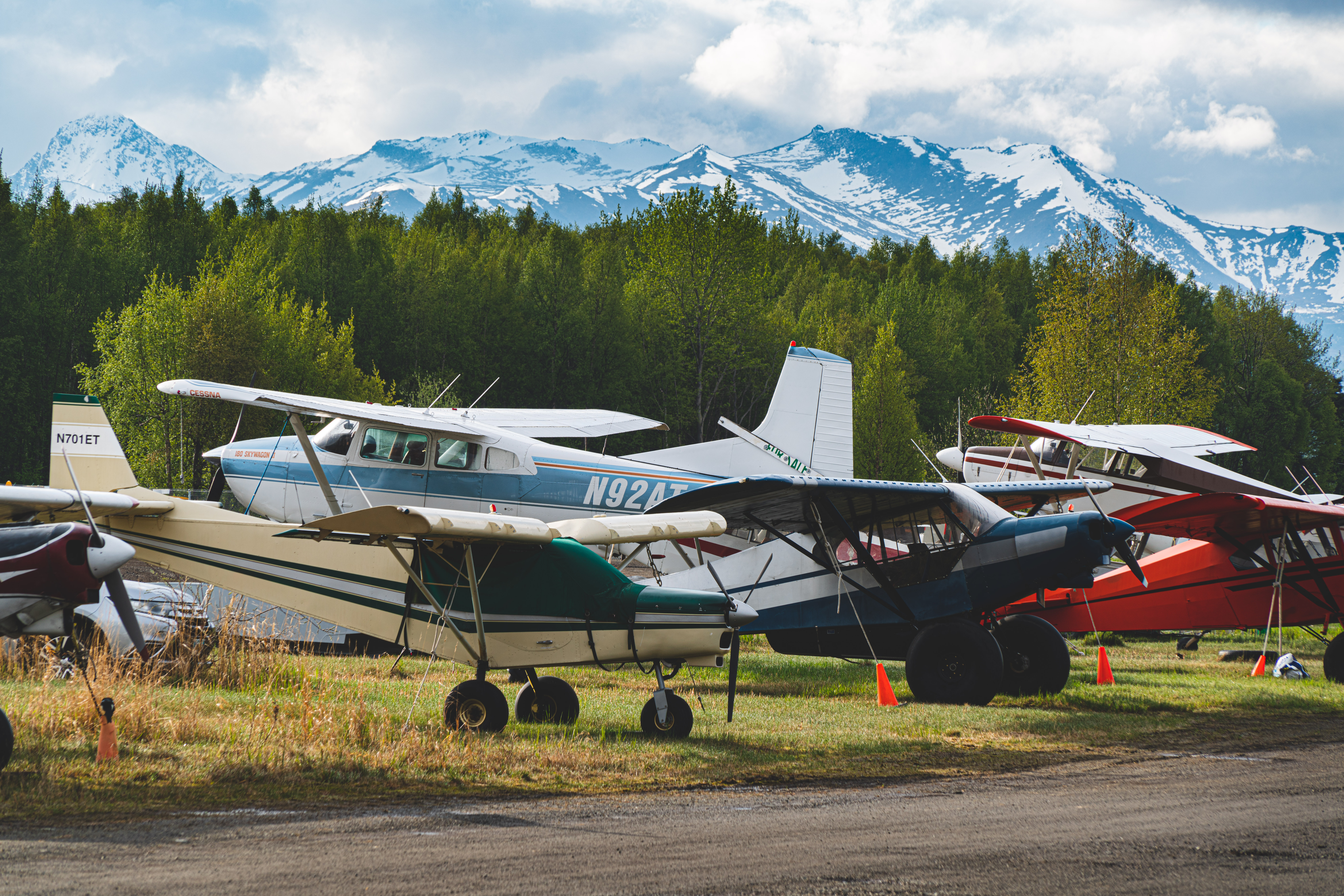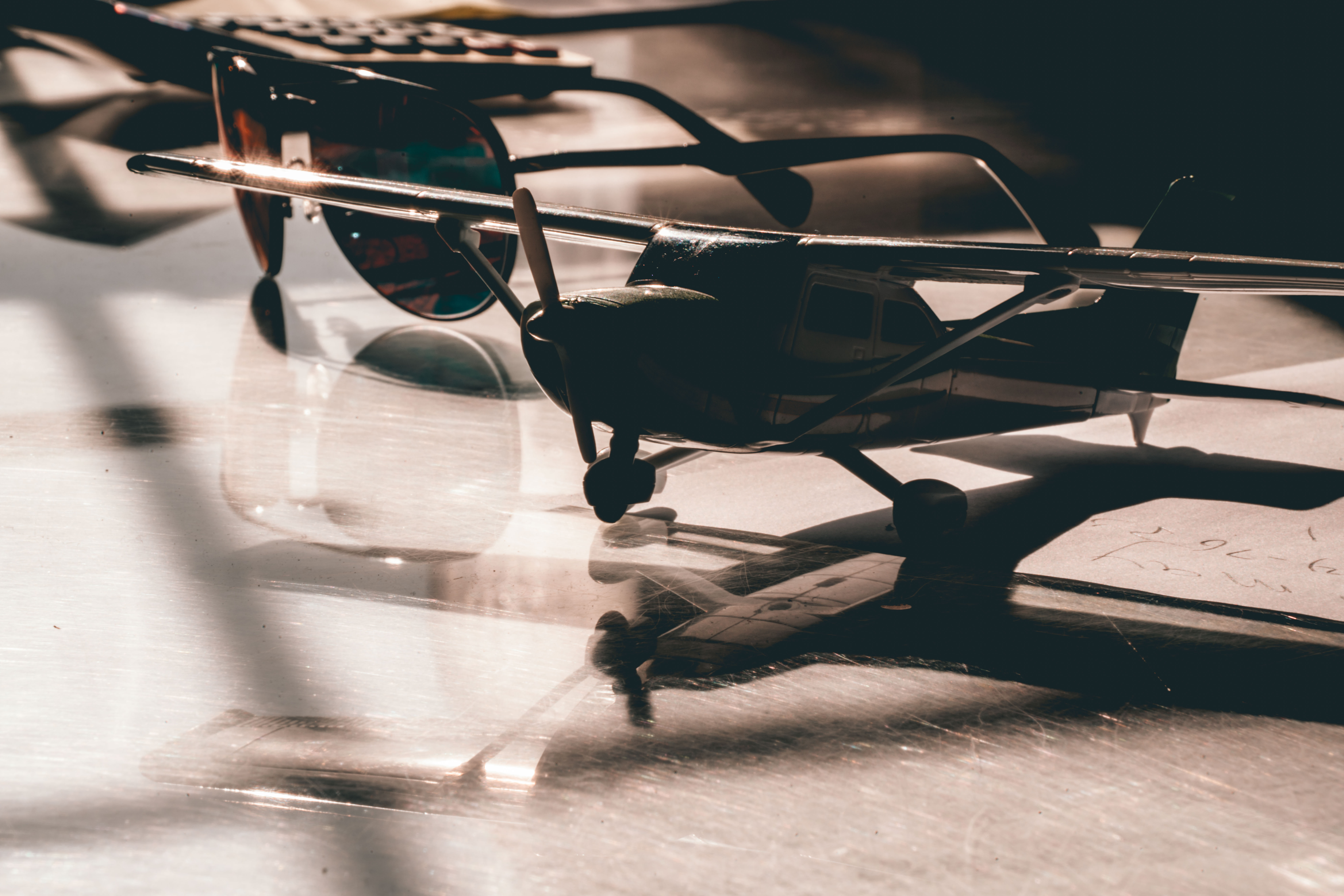
Flying can be a thrilling experience, but it comes with risks. That’s why aviation professionals rely on various safety checklists and protocols to minimize the risk of accidents. One such tool is the IM SAFE checklist, which pilots and crew members use to assess their own physical and mental condition before each flight. In this article, we’ll explore the IM SAFE checklist, the 5 P’s in aviation, and the E in the IM SAFE checklist.
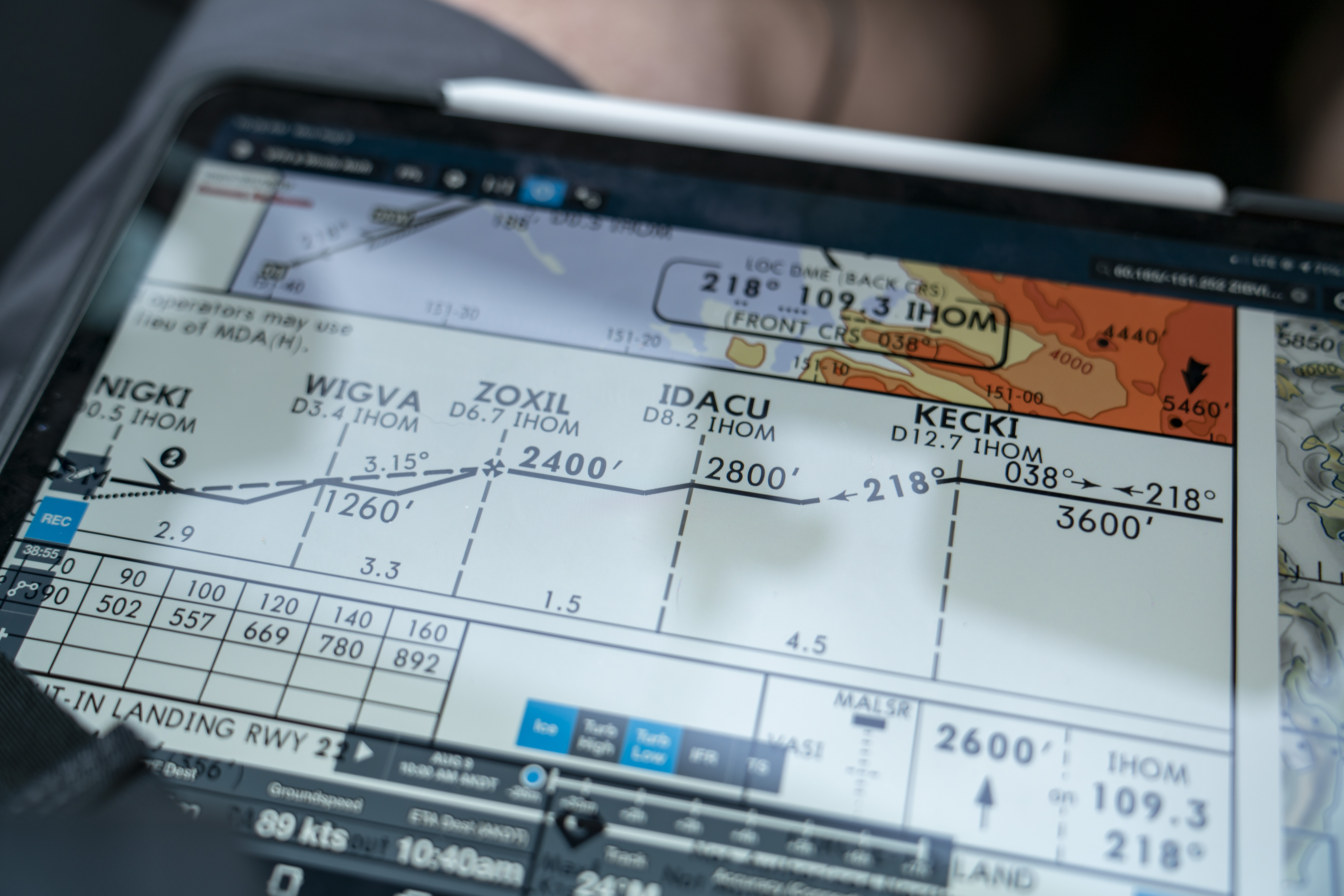
IM SAFE
I-Illness:
If a pilot is feeling sick, it can affect their ability to fly safely. Common symptoms like dizziness, nausea, or fever can impair a pilot’s judgment and reaction time. If a pilot is feeling ill, they should not fly until they have fully recovered. In addition to physical illness, pilots should also consider their mental health. Conditions like depression, anxiety, or stress can also affect a pilot’s ability to fly safely.
M-Medication:
Certain medications can also affect a pilot’s ability to fly safely. For example, sedatives or prescription painkillers can cause drowsiness or impaired judgment. If a pilot is taking any medication, they should consult with their doctor or a flight medical examiner to ensure that it is safe to fly while taking the medication.
S-Stress:
Flying can be a stressful experience, and it’s important for pilots to manage their stress levels to ensure that they can fly safely. If a pilot is feeling stressed, they should take steps to reduce their stress levels. For example, getting more rest, practicing relaxation techniques, or seeking support from a mental health professional. Stress can also be caused by external factors, such as weather conditions or air traffic delays. Pilots need to be able to handle these situations calmly and professionally.
A-Alcohol:
This one should be obvious, but it’s worth mentioning anyway. Pilots should never drink alcohol before a flight, as it can impair their judgment and reaction time. In fact, the FAA has strict regulations in place that prohibit pilots from flying if they have consumed any alcohol within the past eight hours, or if they have a blood alcohol content (BAC) of 0.04 or higher.
F-Fatigue:
Flying can be exhausting, and fatigue can have a significant impact on a pilot’s ability to fly safely. If a pilot is feeling tired or has not had enough sleep, they should take steps to rest before flying. The FAA has regulations in place that limit the number of hours a pilot can fly in a given day or week to help prevent fatigue-related accidents.
E-Emotion:
Finally, pilots need to be aware of their emotional state before flying. If a pilot is feeling overwhelmed, anxious, or upset, it can affect their ability to fly safely. Pilots should take steps to manage their emotions before flying. Pilots should practice relaxation techniques or seek support from a mental health professional.
Overall, the IM SAFE checklist is a critical tool for aviation safety. By taking the time to assess their own physical and mental condition before each flight, pilots can ensure that they are in the best possible shape to fly safely.

The 5 P’s in Aviation
Aviation safety is of paramount importance, and pilots and crew members rely on a variety of tools and checklists to ensure safe flights. The 5 P’s in aviation are guidelines that help pilots ensure a safe and successful flight. Let’s take a closer look at each of the five P’s and discuss why they are important.
Plan:
Before a flight, pilots should take the time to plan their routes, check weather conditions, and review their aircraft’s performance capabilities. Pilots can identify potential hazards and make informed decisions to ensure a safe and smooth flight by planning ahead.
Plane:
This P stands for the aircraft itself. Pilots need to ensure that their plane is in proper working condition before taking off. This includes checking the fuel level, the engine, and all other critical systems to ensure that the aircraft is safe to fly.
Pilot:
This P refers to the pilot’s own abilities and training. Pilots need to have the necessary knowledge, skills, and training to operate their aircraft safely. They should also be up to date on the latest regulations and procedures to ensure compliance.
Passengers:
This P refers to the passengers onboard the aircraft. Pilots need to ensure that their passengers are informed about safety procedures. Those passengers are secured in their seats during takeoff, landing, and turbulence. It’s also important to consider factors like the weight and balance of the aircraft to ensure a safe flight.
Programming:
This P refers to the flight plan and navigation systems. Pilots need to ensure that they have the most up-to-date navigation information and that their flight plan is accurate. They should also be aware of any potential conflicts with other aircraft in the area and be prepared to adjust their flight path as necessary.
By following the 5 P’s, pilots can ensure that they are well-prepared for each flight and that they are able to handle any situation that may arise.
The E in the IM SAFE Checklist – Emotion
Now, let’s turn our attention to the E in the IM SAFE checklist. The E stands for emotion, and it refers to the pilot’s emotional state before a flight. Flying can be a stressful and emotionally challenging experience. pilots need to be able to manage their emotions to ensure a safe flight.
If a pilot is feeling overwhelmed, anxious, or upset, it can affect their ability to fly safely. In some cases, it may be necessary for a pilot to seek support from a mental health professional or to take a break from flying to address any emotional issues they may be experiencing.
In addition to managing their own emotions, pilots also need to be aware of the emotions of their passengers. If a passenger is upset or anxious, it can create a distraction that can affect the pilot’s ability to fly safely. Pilots should take steps to address any emotional issues that their passengers may be experiencing and ensure that they are comfortable and informed throughout the flight.
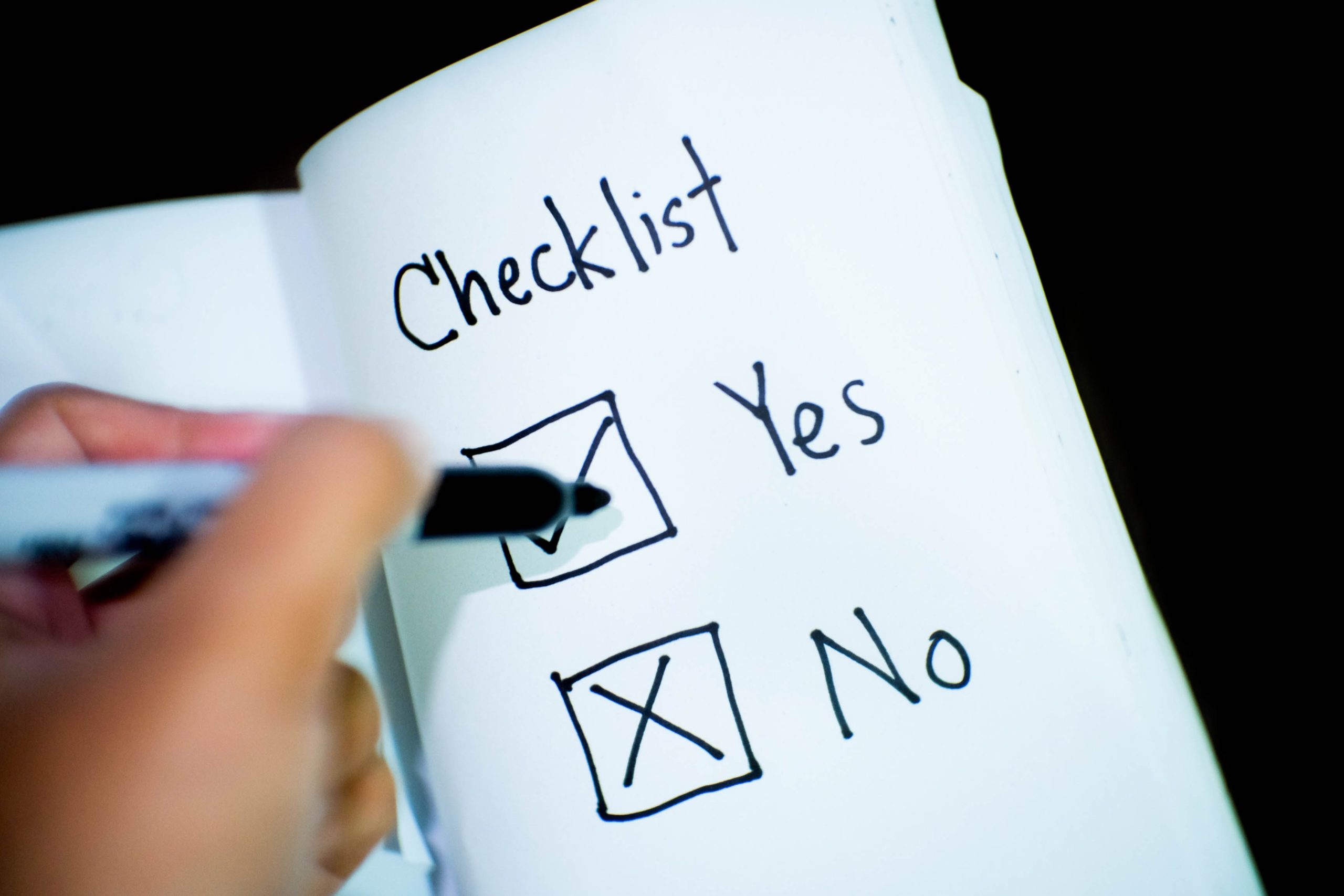
In conclusion, flying is a complex and challenging activity that requires careful planning, preparation, and attention to detail. The IM SAFE checklist, the 5 P’s in aviation, and the E in the IM SAFE checklist are critical elements of aviation safety. By following these guidelines and checklists, pilots can ensure that they are well-prepared for each flight and that they are able to handle any situation that may arise. It’s important for pilots to take safety seriously and to continually evaluate and improve their safety protocols to ensure safe and successful flights.
If this subject interests you and you would like to know more, check out Angle of Attack’s Private Pilot Ground School.
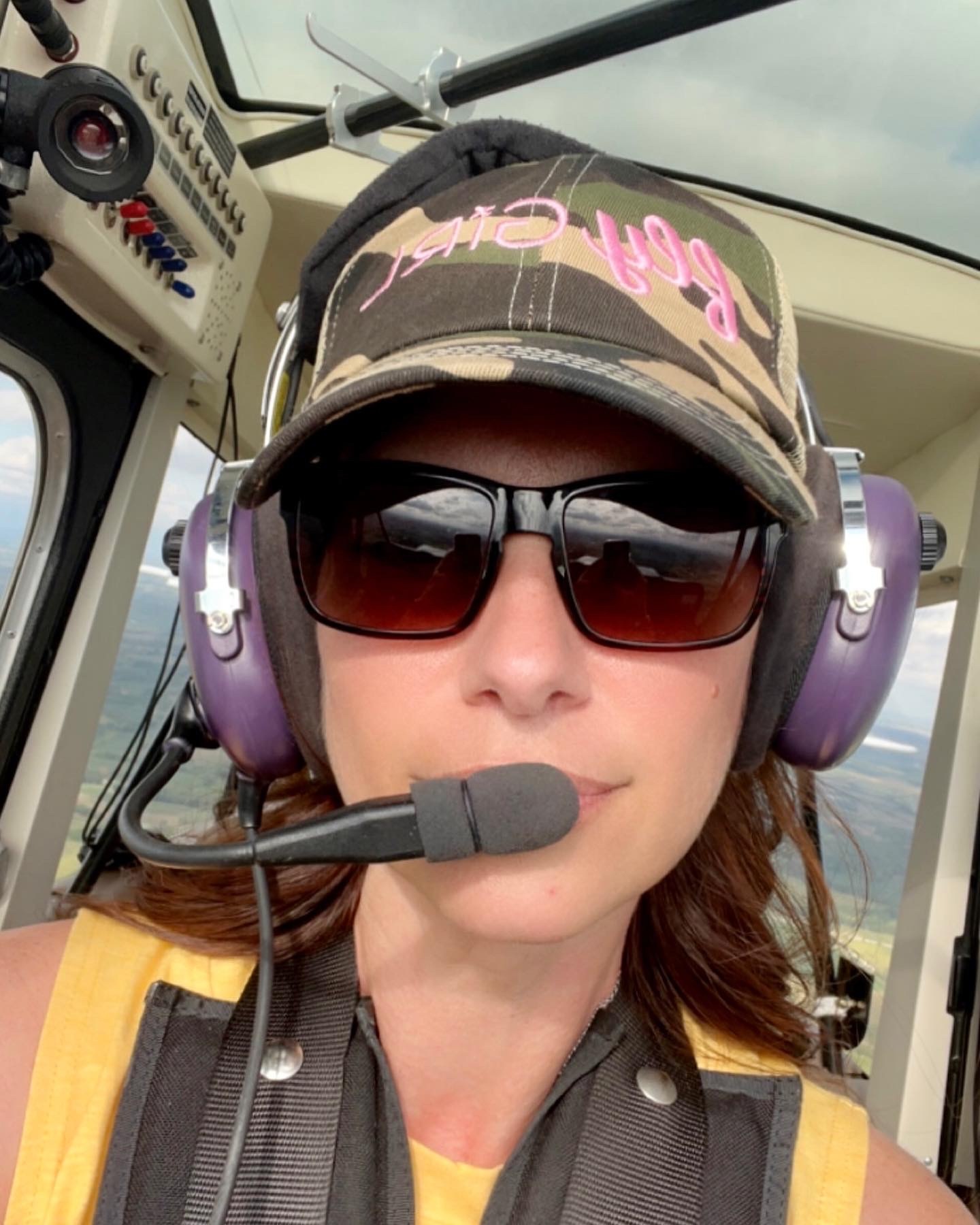
Karey grew up and obtained her in private pilot’s license in Central Iowa. She fell in love with tailwheel aircraft during her primary training and obtained a tailwheel endorsement the week following her private pilot checkride. She is eager to obtain her seaplane rating and is merging her passion for flying with her prior work career. Karey has a background in marketing, editing, and web design after graduating from Simpson College. When she is not flying or working, Karey enjoys anything related to technology and admits she can be a bit of a nerd. She also has discovered a love for virtually all outdoor pursuits, with a special fondness for climbing, shooting, and hiking.

Stay Connected
Be the very first to get notified when we publish new flying videos, free lessons, and special offers on our courses.




